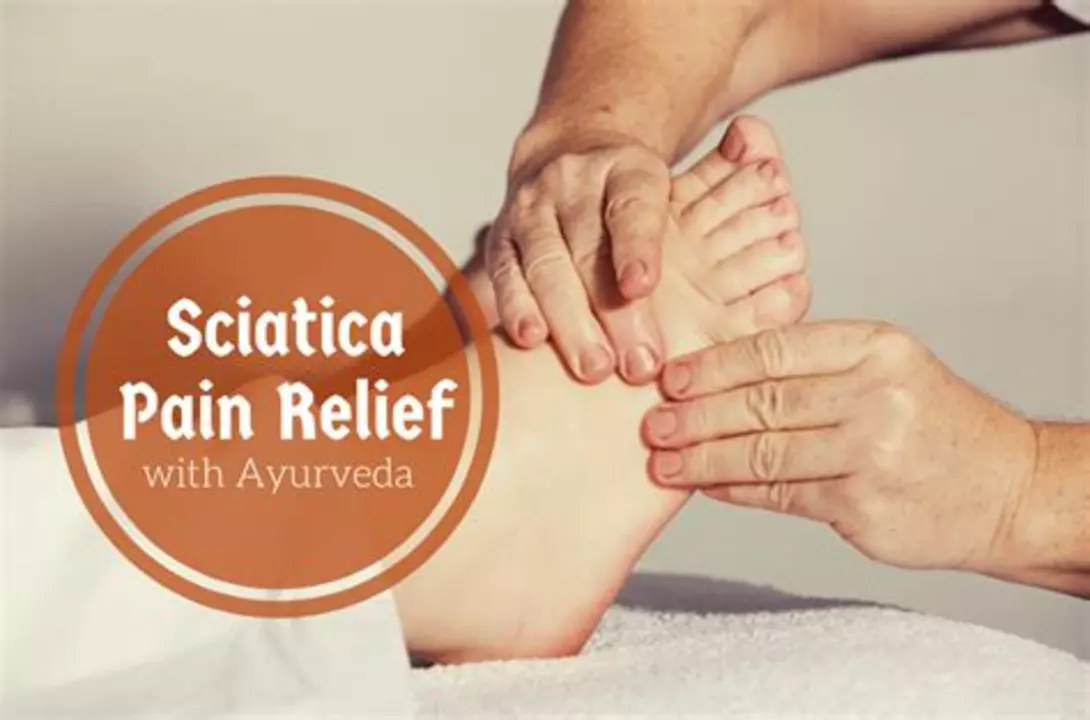Women's Health: Practical Guides for Every Stage
Feeling tired, uncomfortable, or unsure about a symptom? You’re not alone. Women’s health covers a lot—periods, fertility, pregnancy, menopause, mental health, bones, and more. This page gives clear, practical steps you can use today, plus quick tips on when to see a doctor.
Common issues and quick fixes
Period problems: Heavy or irregular bleeding, strong cramps, or fatigue are common. Track your cycle for a few months—apps help. For cramps, try ibuprofen, a heating pad, or gentle exercise. If bleeding soaks a pad or tampon in an hour, or if cycles are very irregular, get checked for conditions like fibroids or blood disorders.
Ovulation and pelvic pain: Mid-cycle pain on one side (ovulation pain) often feels sharp or crampy for a few hours or days. Try heat, a warm bath, and over-the-counter pain relief. See a doctor if pain is severe, sudden, or comes with fever or heavy bleeding—those could signal an infection, ovarian cyst, or other issue.
Fertility and pregnancy: Thinking about pregnancy? Start folic acid (400–800 mcg) before conception to lower neural tube defect risk. Track ovulation if you’re trying to conceive; many find ovulation kits or monitoring cervical mucus useful. If you’ve tried for a year without success (six months if over 35), talk to a fertility specialist.
Mood and sleep: Hormone shifts affect mood and sleep. Regular sleep, daily walks, and limiting alcohol help. If anxiety or depression interferes with daily life, seek help—therapy and medication work well for many women.
Prevention, tests, and supplements
Routine tests: Get Pap smears and HPV screening per your doctor’s advice, and mammograms when recommended for your age and risk. Bone density testing is useful after menopause or if you have risk factors for osteoporosis. Don’t skip annual checkups—small issues caught early are easier to treat.
Supplements and meds: Iron helps if heavy periods leave you anemic—ask your doctor for a blood test first. Vitamin D and calcium support bone health, especially after menopause. Prenatal vitamins with folic acid are key during pregnancy planning and pregnancy. Always check interactions with other meds and discuss doses with your provider.
Sexual and pelvic health: Use condoms to protect against STIs and consider regular STI checks if you have new or multiple partners. For persistent pelvic pain, urinary symptoms, or unusual discharge, get examined—early diagnosis makes treatment simpler.
Lifestyle moves that matter: Aim for 150 minutes of moderate exercise a week, eat a mix of colorful vegetables, lean proteins, and whole grains, and cut back on smoking and excess alcohol. These steps lower heart disease risk, help weight control, and support mood and bone health.
Want more on a specific topic? Browse our articles on ovulation pain, pregnancy prep, menopause relief, and supplements to find clear, tested tips. If something feels off or painful, trust your gut and see a healthcare professional.
Explore how different drugs affect ovulation and menstrual cycles, their mechanisms, uses, side‑effects, and tips for safe management.
Ovulation pain can be quite bothersome for some women, as it occurs when the ovary releases an egg during the menstrual cycle. The most common cause of this discomfort is the stretching of the ovary when the egg is expelled, although other factors may also contribute. Symptoms often include mild to moderate pain on one side of the lower abdomen, which may last for a few hours or even days. Some relief options include over-the-counter pain relievers, applying heat to the affected area, or taking a warm bath. It's important to consult a healthcare professional if the pain becomes severe or doesn't improve, as it could indicate a more serious issue.


